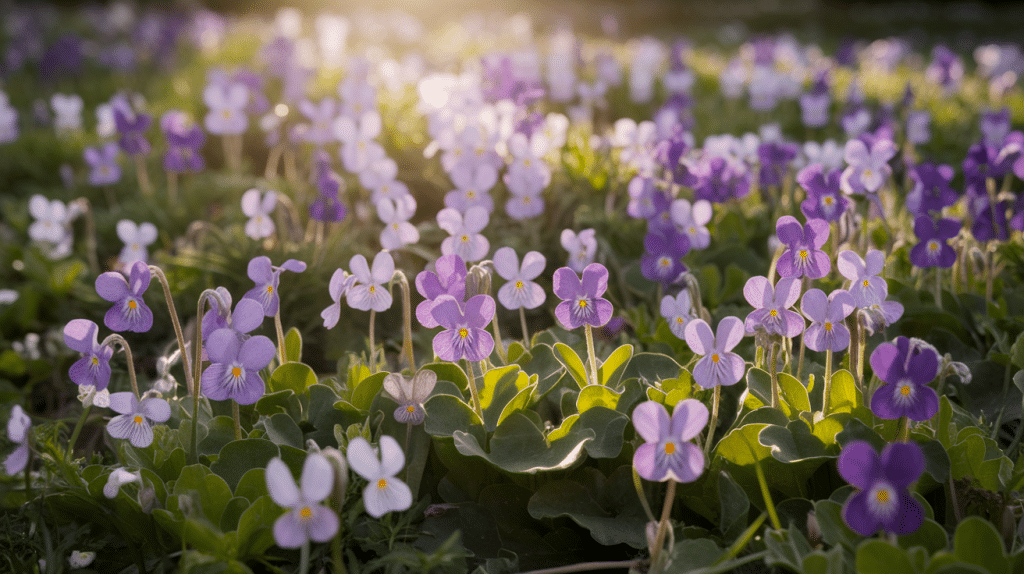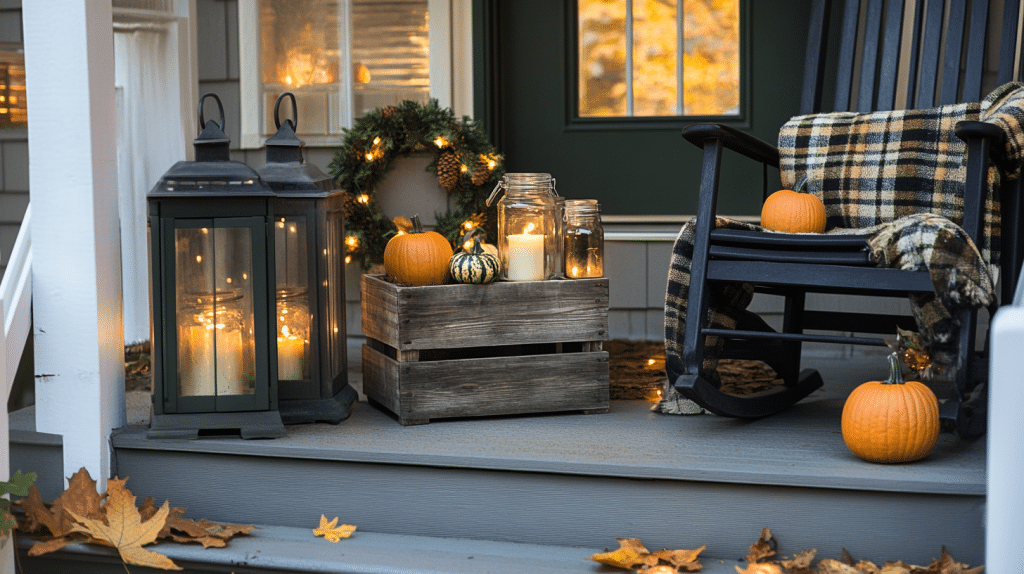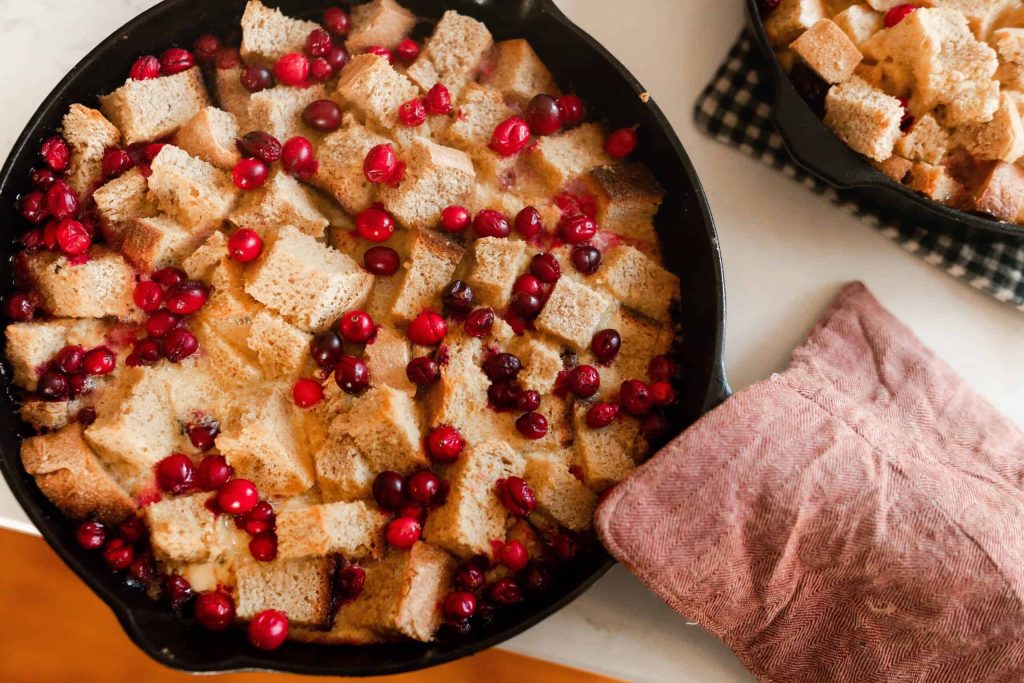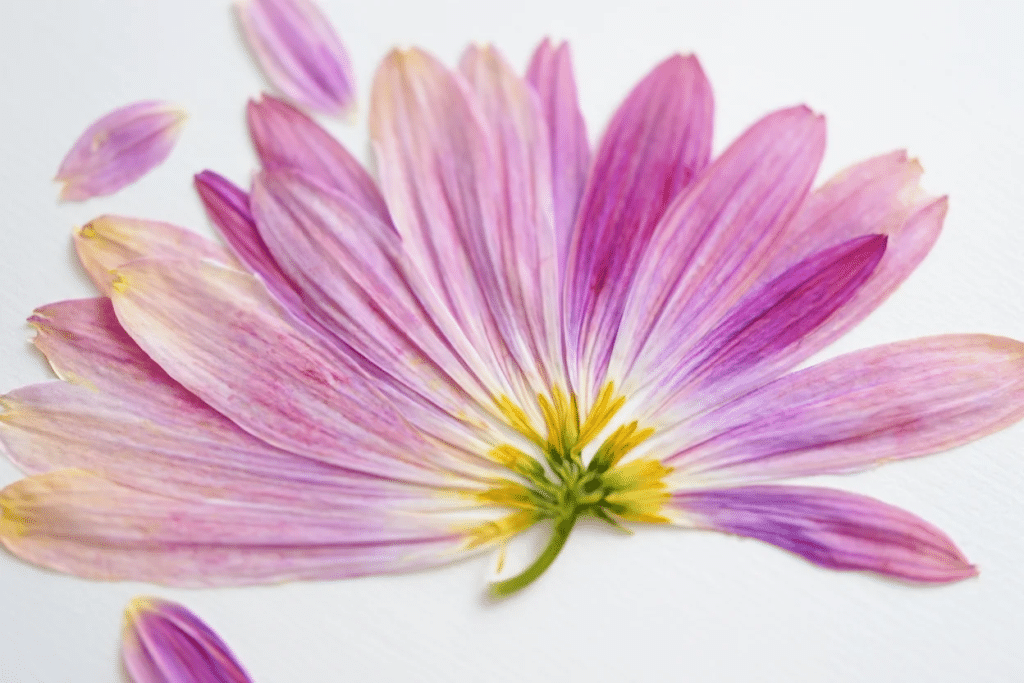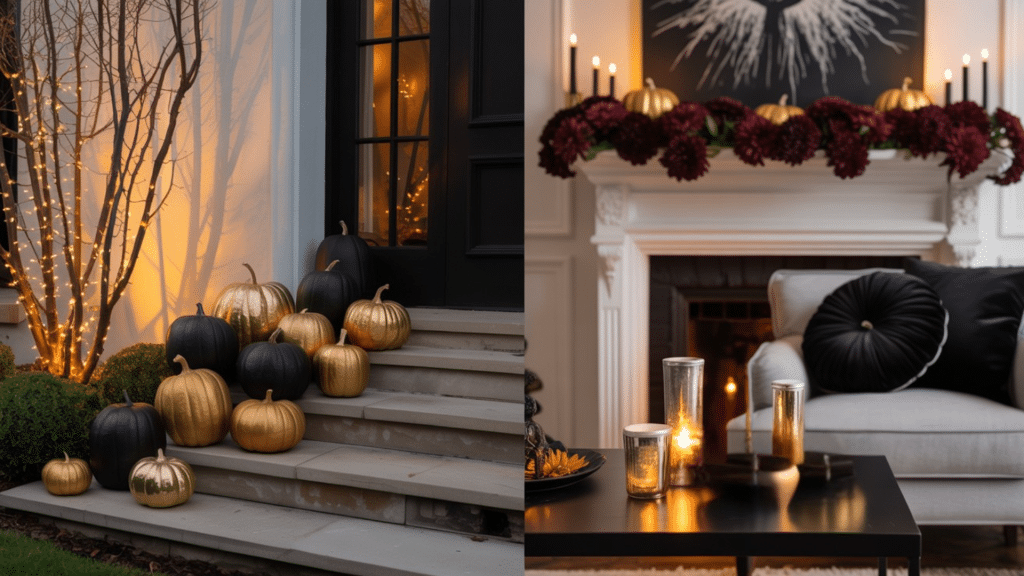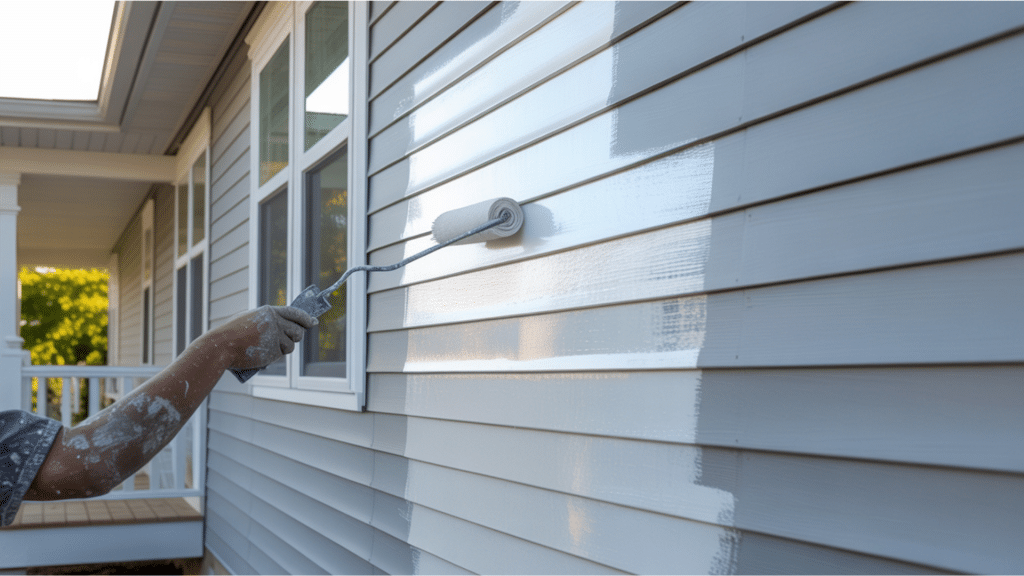If you’re reading this, you’ve just stumbled onto a secret mission-one that’s all about finding the world’s most charming undercover agents: violets.
These little blooms might look innocent, but don’t be fooled. Some are hiding in plain sight in gardens everywhere, while others are rare, almost impossible to spot unless you know exactly where to look.
I’ve spent time tracking down the most popular varieties and a few elusive gems, too.
We’re about to go undercover and reveal the types of violets you’ll want to know, from the everyday favorites to the rarest finds. Ready to crack the case? Let’s begin.
Violets Explained: More than Just Pretty Flowers
Violets are small purple blooms that carried big meanings in Victorian times. These humble flowers were messengers of faithfulness and loyalty.
When someone gave you violets, they were promising to always be true to you. They also stood for shy love, perfect for someone too nervous to say “I like you” out loud.
Victorians loved violets because they appeared in early spring when few other flowers bloom. Their sweet smell made them popular in small bunches that people carried around.
Ladies would press them into books as keepsakes. They also turned violets into perfume and even ate them! Candied violets topped fancy cakes and desserts.
These small flowers showed up in many books and paintings from the era. In stories, characters with violets were often shy but deeply loyal.
Meet the Most Popular Violet Varieties
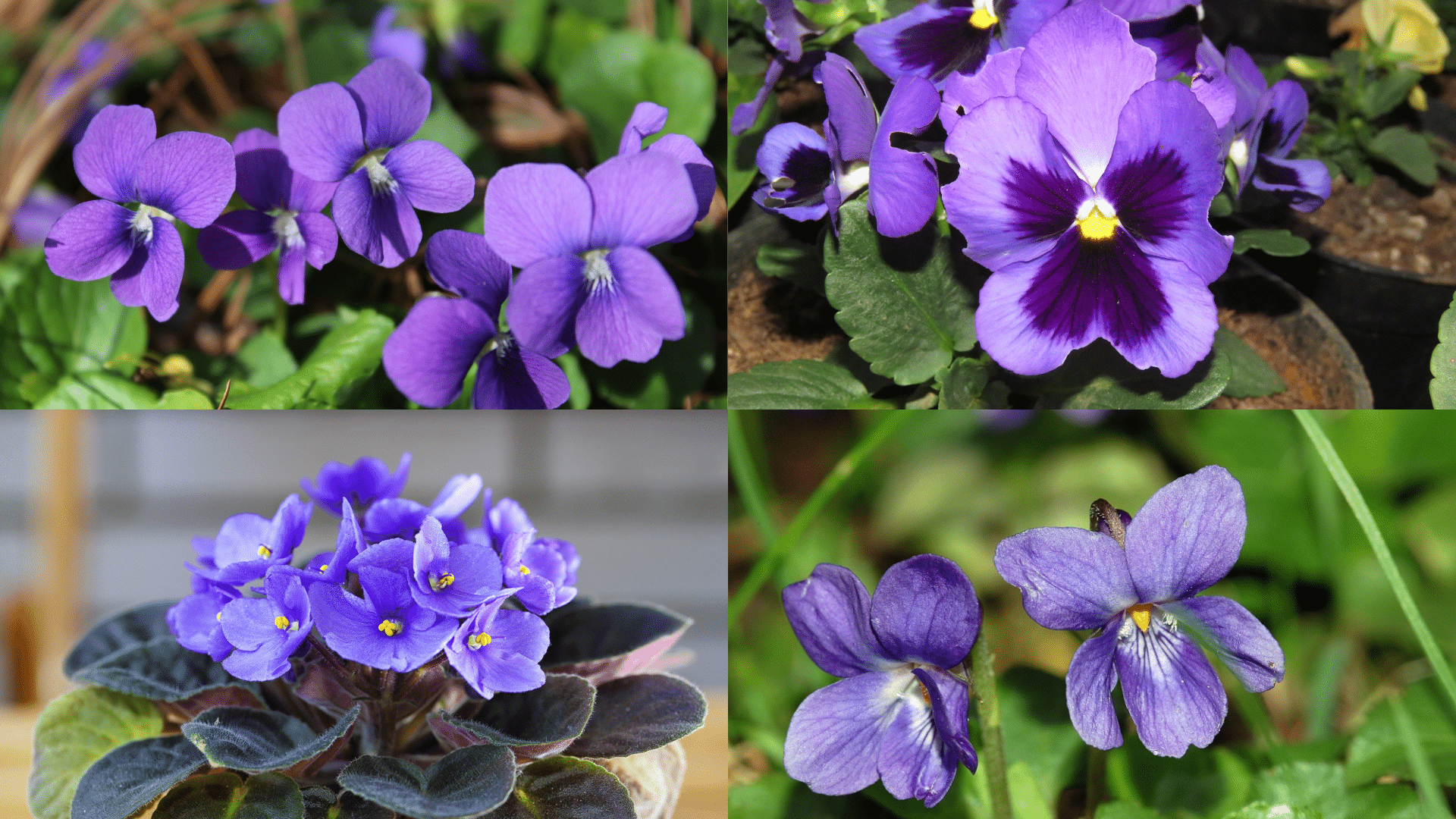
Check out the top violet varieties that garden enthusiasts and plant lovers adore. From hardy wild species to stunning indoor favorites, these violets bring beauty and charm to any space.
Common Violet (Viola sororia)
Native to North America, this violet features heart-shaped leaves and purple or blue flowers.
Why It’s Popular: Known for its hardiness, the common violet is a versatile perennial, great for naturalizing in gardens and providing ground cover.
African Violet (Saintpaulia)
A popular indoor plant, African violets produce small, velvety flowers in shades of purple, pink, or white.
Why It’s Popular: This plant thrives in indoor environments with minimal care, making it a favorite for home décor and beginner gardeners.
Pansy (Viola tricolor var. hortensis)
Often mistaken for violets, pansies have large, showy flowers with a “face” pattern, available in a wide range of colors.
Why It’s Popular: With their bright, bold colors and ability to bloom in cooler weather, pansies are a staple in gardens during spring and fall.
Sweet Violet (Viola odorata)
Known for its fragrant, purple flowers, sweet violets are commonly used in perfumes and are also grown for their ornamental value.
Why It’s Popular: The sweet fragrance and beauty make it a beloved plant in gardens and floral arrangements.
Johnny Jump-Up (Viola tricolor)
A smaller, wild violet typically features purple, yellow, and white petals. It’s known for reseeding and growing back each year.
Why It’s Popular: Hardy and easy to grow, this violet is ideal for adding a splash of color to gardens with minimal effort.
Horned Violet (Viola cornuta)
A compact variety with distinctive “horn-shaped” petals, available in shades of purple, yellow, and white.
Why It’s Popular: Perfect for containers, hanging baskets, and as ground cover, horned violets are popular for their unique appearance and versatility in gardens.
Who Should Grow Different Types of Violets?
African violets make great plants for many people. They don’t need much space. You can put them on a small table by a window. These plants bloom often with pretty colors.
- Beginners can start with common violets: These plants forgive mistakes. If you forget to water them once, they won’t die right away. Standard African violets come in purple, pink, and white colors.
- Busy people should try miniature violets: These tiny plants need less care. They fit on small windowsills and office desks. The small size makes them perfect if you have limited room.
- Plant fans who want a challenge can try fancy types: Some violets have ruffled or striped petals. Others show off two or more colors on each flower. These special kinds need more care but look amazing.
- People in apartments can grow violets easily: Unlike other plants, violets do well in indoor light. They don’t need a yard or garden bed. A spot near a window works fine for them.
- Seniors often enjoy these plants too: Violets don’t need heavy lifting or hard work. You can care for them while sitting down. The small size makes them easy to handle.
I find that anyone who wants indoor color should try violets. They bloom when many other plants won’t. The flowers last for weeks with basic care.
Spotting Violets: How to Identify These Delicate Blooms

Violets may be small, but they’re easy to spot once you know what to look for. These sweet little flowers grow in many places, from woods to yards.
The Shape and Size
Violets are tiny flowers, often just half an inch across. They have five petals that form a face-like shape. The bottom petal is usually larger and has lines pointing inward like an arrow.
Most violets grow low to the ground. They rarely get taller than 6 inches. Their stems are thin and green.
The Colors to Look For
Despite their name, violets come in many colors! Purple and blue are the most common. But you can also find white, yellow, and even bi-color violets with mixed shades.
The center of a violet often has a lighter or darker patch. This helps bees find the nectar inside.
The Leaves Tell a Story
Violet leaves are heart-shaped. They have small teeth along the edges. The leaves grow in a circle pattern at the base of the plant.
In some types, the leaves are shiny. In others, they might have tiny hairs.
Where and When to Find Them
Look for violets in spring. They are among the first flowers to bloom after winter ends.
Violets love partly shady spots. Check under trees, along fences, or in damp areas of yards. They often grow in clumps or patches.
These sweet flowers may be small, but they bring big joy to spring gardens. Once you learn to spot them, you’ll see them everywhere!
Tips for Growing Happy Violets
- Provide the Right Light: Violets need bright, indirect light to thrive. Place them near a window but avoid direct sunlight, which can scorch their leaves. For indoor violets, a windowsill with filtered sunlight works best.
- Keep Soil Moist, Not Wet: Violets like moist soil but don’t enjoy being soggy. Water them when the top of the soil feels dry to the touch, but make sure the pot has good drainage to avoid root rot.
- Use Well-Draining Soil: Ensure your violets are planted in soil that drains well, such as a mix designed for houseplants or a light, loamy mix. This helps prevent water from sitting at the roots.
- Maintain Moderate Temperatures: Violets prefer moderate temperatures, ideally between 65°F and 75°F (18°C to 24°C). Avoid placing them in areas with drafts, hot air, or direct heat sources like radiators.
- Feed Regularly: During the growing season (spring and summer), feed your violets with a balanced, water-soluble fertilizer every 4-6 weeks. Be sure to dilute it to half the recommended strength to avoid overfeeding.
- Prune and Clean Regularly: Remove dead or damaged leaves to encourage new growth. Wipe down the leaves with a damp cloth to keep dust off, allowing the plant to absorb more light.
- Keep Humidity High: Violets thrive in higher humidity levels. To increase humidity, place a shallow tray of water near the plant or use a humidifier, especially in dry indoor environments.
- Repot When Needed: Repot violets every 1-2 years to refresh the soil and give the roots more space to grow. Be sure to choose a pot that’s just slightly larger than the current one to avoid root rot.
The Bottom Line
I’ve found that violets offer so much more than their modest size suggests. From the easy-to-grow common blue violet to the sought-after collector’s gems, these flowers bring joy to gardens of all sizes.
Why should you care about these small blooms? Violets teach us that beauty doesn’t need to be flashy or complicated to make an impact.
Ready to add violets to your garden? Start with one variety that matches your growing conditions.
Take notes on what works, and expand your collection gradually. Share your violet experiences in the comments.
Which type caught your eye first?


